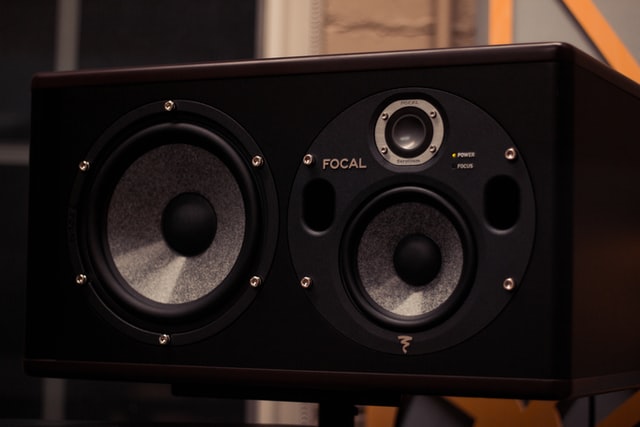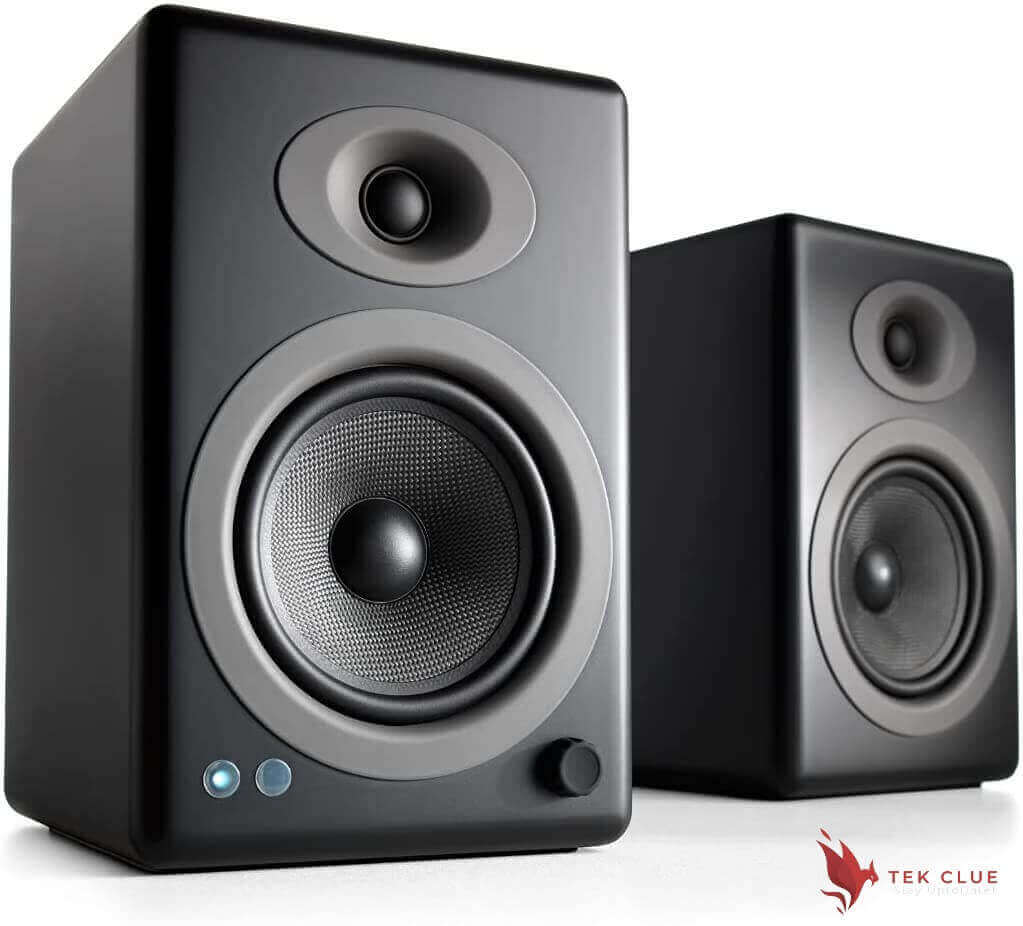If you are a music lover and want to have the best audio experience, it is essential to measure a subwoofer. Many different aspects should be taken into consideration when measuring the sound of your system. The frequency response, sensitivity and impedance all play an essential role in understanding what type of speakers would work for your needs. This blog post will guide you through measuring a subwoofer and selecting the right speaker size for your space.
You may also like How to Kick Someone Off Bluetooth Speaker
Some other things you should take into consideration when purchasing speakers is whether or not they need amplification; if so, do they use passive crossovers or active crossovers.
If you’re planning to upgrade your subwoofer, using the existing enclosure is cheaper than buying a new one. It means that for this idea to work out successfully, there are some things first worth knowing: what size of speaker does my old driver correspond with? How can I measure both dimensions accurately, so they match up when replacing replacement parts or installing them onto respective enclosures again!
Curious as always about how exactly these measurements come together at home (or studio)? Read on below.
What Should you measure actually?
The physical size of your car is one consideration to make when purchasing a new subwoofer. There are many different sizes on the market, so you must take these measurements for us to get what will fit perfectly.
What if you don’t want the latest under-$1000 car speaker? It’s a reality that many people are faced with when they get down to mounting their new product. The size is determined by how big of an enclosure it needs and where and what height your vehicle will fit (diameter). Sometimes, all it takes for things not to work out right away could be just one slight mistake during installation, so take precautions.
Speaker Diameter
Speaker size matters! You can have the same speaker diameter as your old one, but it will not fit into a mounting space if you get too small. The outside circumference or diameter typically indicates how big they are in millimeters and inches, so make sure that this measurement matches up before purchasing anything new for installation purposes.
Cutout Diameter
With the mounting hole size for a speaker’s surround and cone, you will need to make sure that it’s large enough so they both can fit through. It is typically referred to as “cutout diameter.”
You may also enjoy How To Wire a 4 Channel Amp To 6 Speakers
Mounting Height
It is an essential measurement as it helps ensure your new speaker doesn’t stay too high, to the point where you could hit a door panel or factory grill and risk damaging them.
Mounting Depth
The mounting depth is an essential factor to consider when installing your new speakers. It should ensure that you don’t end up in a sticking situation. It can push out any obstructions below it without having anything in front of them, which would cause the speaker parts to bump into obstacles during movement or sound output.
Steps to Measure Your Existing Subwoofer( How to measure a subwoofer)
Step # 01: Remove the subwoofer from its enclosure.
To measure a subwoofer, you first need to turn off your speaker and remove it from its enclosure or mounting. You might also have access to screws with the removal process if this is an external mount; however, be sure not to forget about covers in front of your unit since those can interfere during measurement! Once that’s done, disconnect all wires attached. Hence, there are no surprises when doing manual testing after that – otherwise, we’ll end up wasting time reconnecting everything again later on down below.
Step # 02: Measure mounting depth of a speaker
Subwoofers are often designed to be mounted at a specific depth. Since this is usually not clear from the specifications, it’s helpful to take an average measuring tape or ruler and measure the sub’s mounting height – what you would need for your speaker brackets/nuts and bolts holes to line up with each other when screwed together correctly.
Sub-mounting depths can range anywhere between 6″ all way down around 1″). It doesn’t matter how tall our speakers might seem because there will always remain space under them where we’re able to attach hardware such as screws or Wingnuts.”
Step # 03: Measure the mounting height of a speaker
Now that you have the height of how far your speaker protrudes from its mounting plate. It’s time to find out if there are any restrictions.
Mark an imaginary line on one side and see where this intersects with other objects in a room like a furniture or appliances (or even people!). It may not always be straight up—sometimes we need some wiggling room! Once again, make sure to note down both dimensions. What is below ground level AND wrong-way angling away from the wall).
Step # 04: Taake the measurements of a cutout diameter
Flip your speaker upside down and measure the distance from its widest point. If it doesn’t have a round shape, then consider measuring each side’s width so that you know which dimension will be used in calculating cut-out diameter for this project later on!
You may also like How to Connect Subwoofer to Amp Without Sub Out
Step # 05: Measure the mounting screw width
Before installing your speakers, the last thing you need to measure is the distance between screw holes on the mounting frame. It might not matter if there are no other screws in this area, as it would be easy enough for me. With my handy cutter tool and drill bit set (which also includes a flush-mounting Phillips head). I could cut out new ones quickly enough so that they meet up exactly where we want them to.
Conclusion
When you take the measurements of your car’s subwoofer, make sure to record them on paper. So that when installing a new one for better sound quality and bass response, in-car speakers are more easily accessible. Make these essential: speaker cutout diameter (the size where it will fit), mounting height from bottom edge outwards, and depth; then compare against specs of what is available.












